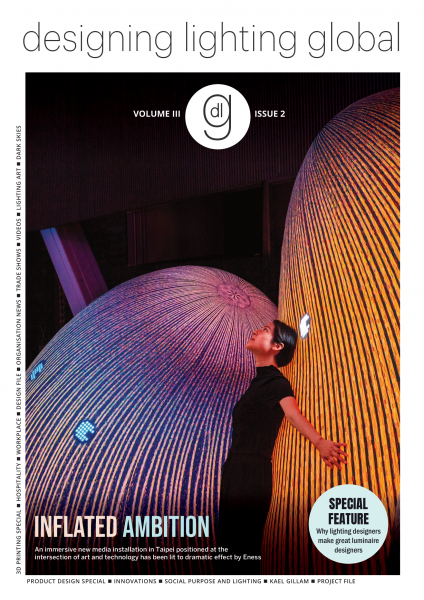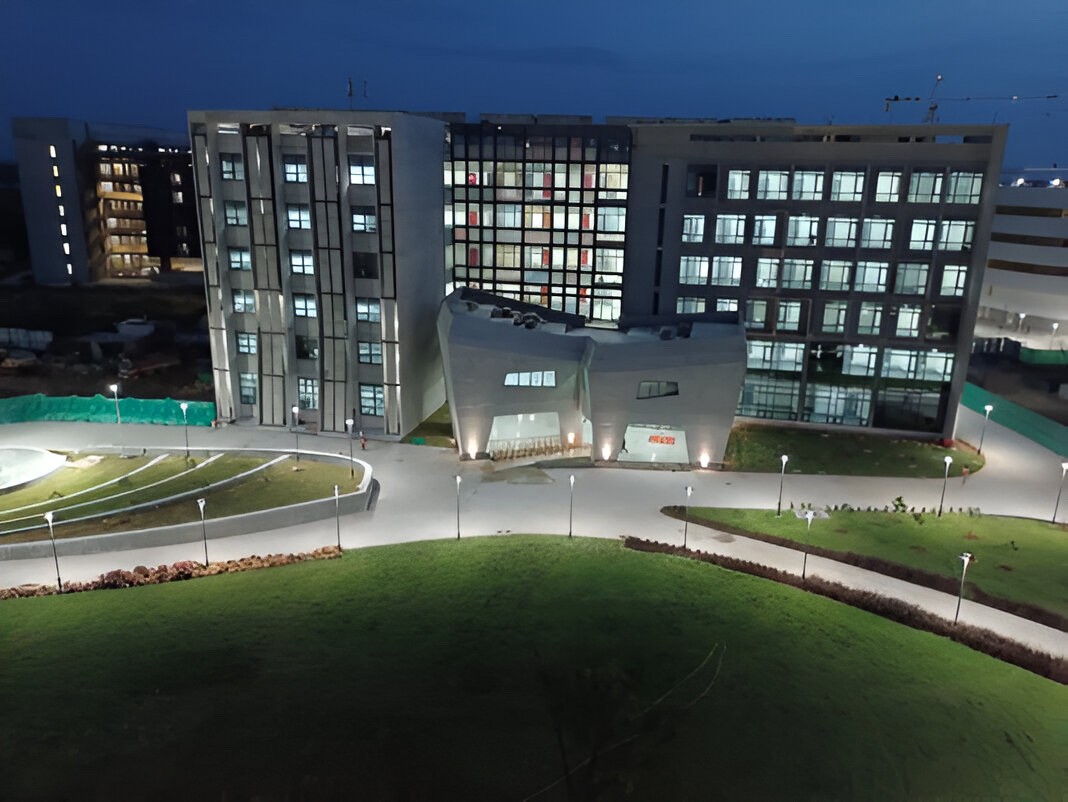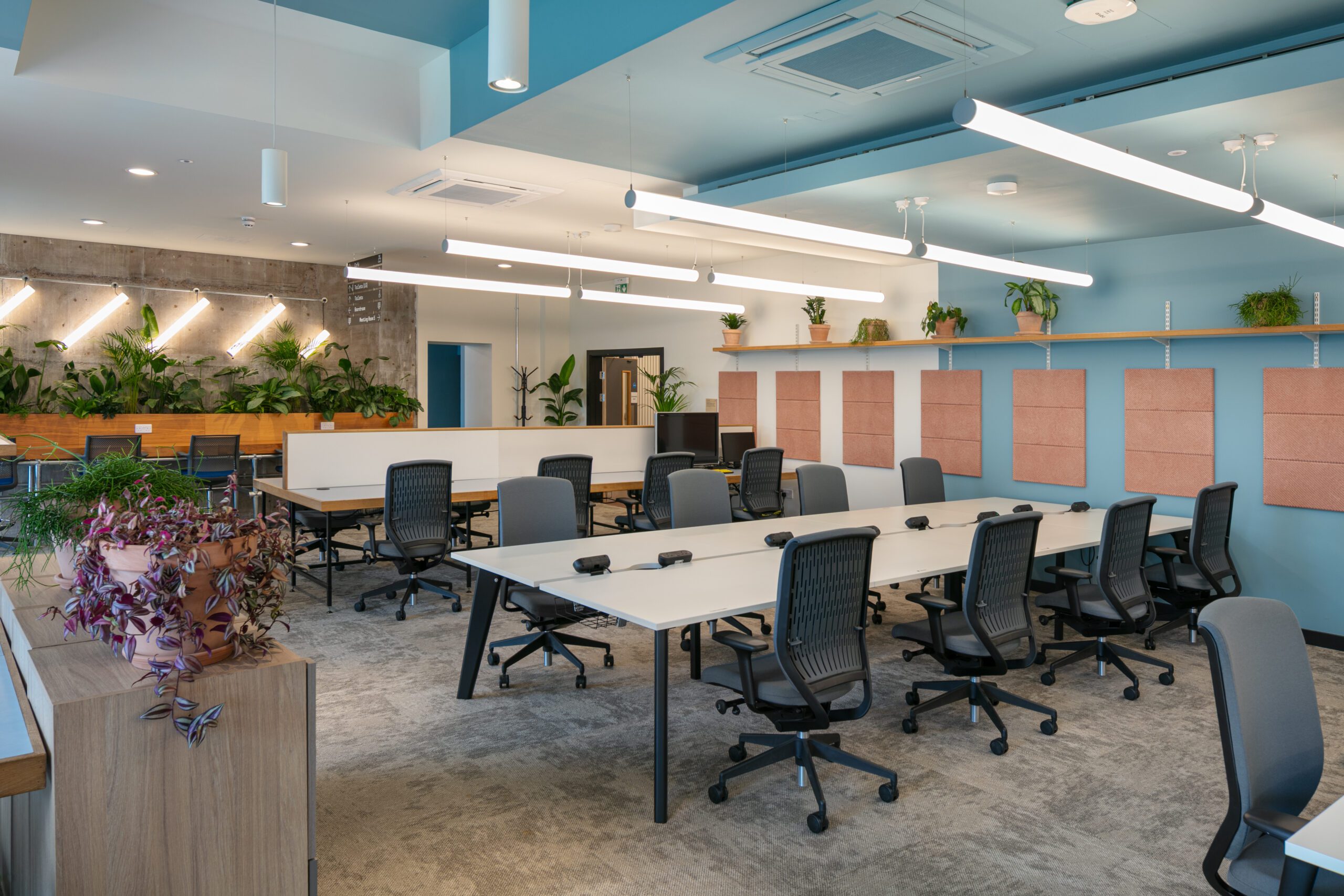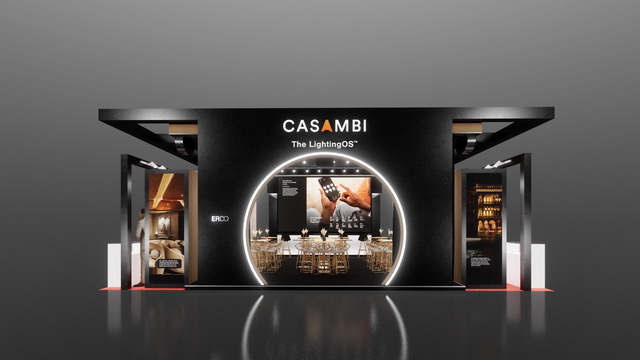Intelligent testing technologies are bringing a wealth of benefits to the facilities management and compliance sectors. Here, David Lang-Smith, Mackwell’s Sales & Marketing Director UK & Europe, explores these.
Testing of emergency lighting is an integral role across the facilities management and compliance sectors. From fulfilling legal duties to making sure buildings are working effectively and safely, regular tests are undeniably vital.
However, these testing routines can sometimes be laborious and time-consuming. While no one would deny the importance of these crucial regimes and schedules, it is understandable that companies and businesses are increasingly looking for ways to streamline these processes. Technology sits at the heart of this, including a shift towards self-testing.
Automated systems have rapidly developed in recent years to offer wide-reaching benefits, including those manufactured by Mackwell. For example, the N-Light® CONNECT touch panel is a DALI emergency lighting test and monitoring system, designed to be simple to use and intuitive with live system status diagnostics for instant information. Multiple N-Light® CONNECT touch panels can be networked together to monitor larger DALI systems, while the control panel operates without the need for a permanent connection to a PC.
Technologies and systems such as these provide an advantage that was previously not available – the ability to view the status of emergency installations at any time, from anywhere. A self-test system brings this function through one single interface while being scalable and integrated to allow wired and wireless monitoring alongside cloud connectivity.
This offers a wealth of benefits. Firstly, it removes the need for continuous site safety checks, which invariably saves time. It also improves the accuracy of detecting faults as real-time system updates are secured. This allows facilities managers or site teams to pinpoint areas of a building or location that need attention.
Furthermore, having automated processes concerning testing makes operations easier to run, freeing up the time of facilities managers, or those in charge of testing, to focus on their additional responsibilities. Compliance is also made much more straightforward, as self-testing technology allows for more secure record-keeping. Each test that has been performed is recorded, along with its result and any previously detected issues. Test reports can be accessed easily from any location through a device such as a laptop or tablet.
For buildings where retrofitting solutions are important – for example, where construction works would be too costly or simply inconvenient, wireless test and monitoring systems are the ideal solution. Demonstrating this, Mackwell’s N-LIGHT AIR is a wireless system that can be configured to monitor up to 128 individual wireless addresses. The system communicates using an 868 MHz wireless mesh, chosen for its long-range communication capabilities.
Whether wired or wireless technology is opted for, there are benefits to be gained through the use of cloud storage. Mackwell’s technology serves as a good example of this; continually reporting information to a single cloud interface where it is stored and analysed. This supports maintenance teams through the presentation of a single source of data, regardless of the technology deployed in any single building.
Choosing a testing system that is based around a touch-screen system delivers many advantages. These include the simplicity of commissioning and configuring on-site. They are also easy to read, and most will have visual cues and coding to alert operators to areas of compliance issues. For example, Mackwell’s N-LIGHT systems offer a red/amber/green colour coding on the touch screen and cloud interface, highlighting in a clear way where problems need addressing.
Additionally, using self-testing systems provides users with a full view of all installed emergency lighting assets in their estate including the current status, age and manufacturer. This helps immeasurably when planning maintenance schedules and upgrades, focusing on assets that need replacing through the use of information and data.
When thinking ahead to the future, those with responsibility for procuring testing solutions must choose technologies that have the capacity to be expanded and improved as technology evolves. The needs of the lighting community, including the emergency lighting sector, are changing rapidly, and technology needs to keep pace with this. Mackwell is a strong example of a company that has committed to continually developing its testing platforms to deliver even better integration – which all responsible manufacturers should also be striving towards.






